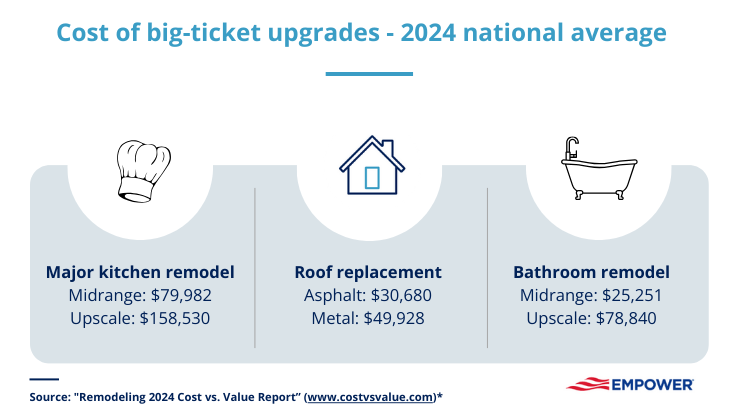The Currency
In 2025, spending on home renovations is expected to reach $509 billion. Here’s how much some popular projects cost last year:
In 2025, spending on home renovations is expected to reach $509 billion. Here’s how much some popular projects cost last year:
When is the best time to retire?
Life
Slug
category--life
With some serious financial considerations at play, deciding when to retire is a big decision.
Inherited IRA beneficiary options & withdrawal rules
Life
Slug
category--life
An inherited IRA is an account that is opened when someone inherits an IRA after the original owner dies. Discover the top rules for inherited IRAs.
Tapping in: Home equity lending starts to flow again
Money
Slug
category--money
The recent surge in property values has Americans taking a closer look at home equity loans and lines of credit to pay for renovations and living expenses.
















